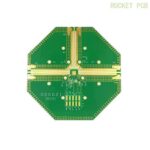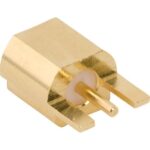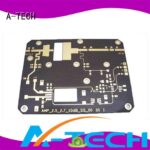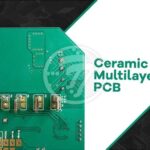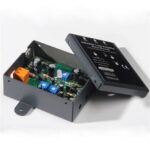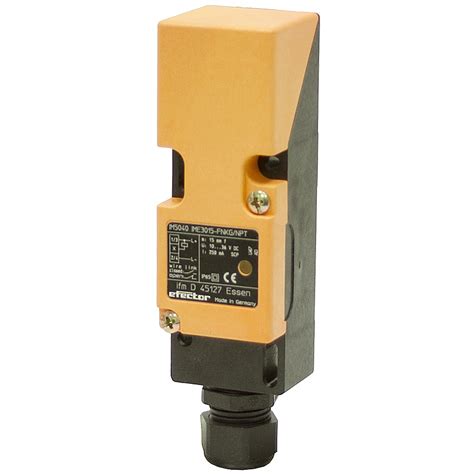
ALL ABOUT FLEX PCB
-
Proximity Switches: Everything you Need to Know
Posted by
–
 Read more: Proximity Switches: Everything you Need to Know
Read more: Proximity Switches: Everything you Need to KnowWhat are Proximity Switches? Proximity switches, also known as proximity sensors, are devices that detect the presence or absence of an object without physical contact. They operate by emitting an electromagnetic field or beam of electromagnetic radiation and detecting changes in the field or return signal caused by the presence […]
-
Crystal Oscillator Circuit: How to Build One
Posted by
–
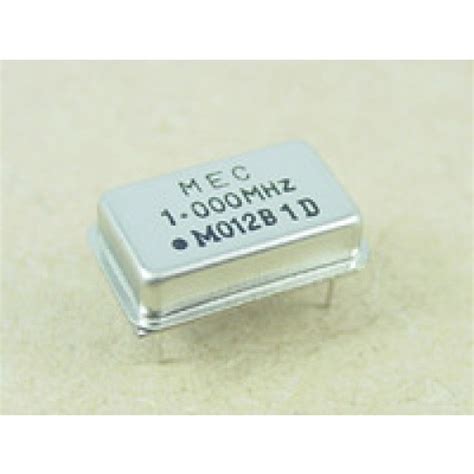 Read more: Crystal Oscillator Circuit: How to Build One
Read more: Crystal Oscillator Circuit: How to Build OneIntroduction to Crystal Oscillators A crystal oscillator is an electronic circuit that uses the mechanical resonance of a vibrating crystal of piezoelectric material to create an electrical signal with a precise frequency. This frequency is often used to keep track of time, provide a stable clock signal for Digital Integrated […]
-
PH Sensor: What Is It and How Does It Work?
Posted by
–
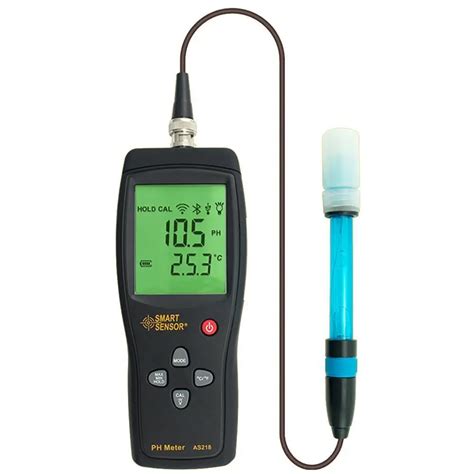 Read more: PH Sensor: What Is It and How Does It Work?
Read more: PH Sensor: What Is It and How Does It Work?What is a pH Sensor? A pH sensor is a device that measures the hydrogen ion activity in a solution, indicating its acidity or alkalinity. The pH scale ranges from 0 to 14, with 7 being neutral, values below 7 being acidic, and values above 7 being alkaline or basic. […]
-
Capacitive Voltage Divider: An In-depth Guide
Posted by
–
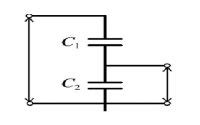 Read more: Capacitive Voltage Divider: An In-depth Guide
Read more: Capacitive Voltage Divider: An In-depth GuideIntroduction to Capacitive Voltage Dividers A capacitive voltage divider is an electronic circuit that uses capacitors to divide an input voltage into a smaller output voltage. It works on the principle of capacitive reactance, which is the opposition to the flow of alternating current (AC) by a capacitor. Capacitive voltage […]
-
Focus on High Layer, High Frequency, High-speed PCB, Advanced PCBA, and Original Components
Posted by
–
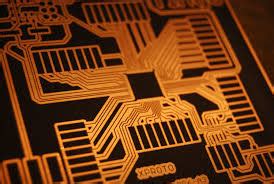 Read more: Focus on High Layer, High Frequency, High-speed PCB, Advanced PCBA, and Original Components
Read more: Focus on High Layer, High Frequency, High-speed PCB, Advanced PCBA, and Original ComponentsUnderstanding High-tech PCBs High-tech PCBs are designed to meet the stringent requirements of modern electronic devices, which often involve complex circuitry, high-speed data transmission, and demanding operating conditions. These PCBs are characterized by their advanced features, such as: High layer count High frequency operation High-speed signal integrity Compact form factors […]
-
BMI088: A Guide on the Sensor
Posted by
–
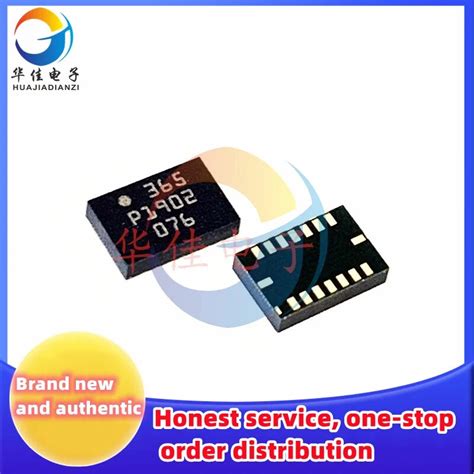 Read more: BMI088: A Guide on the Sensor
Read more: BMI088: A Guide on the SensorIntroduction to BMI088 Sensor The BMI088 is a high-performance, low-power inertial measurement unit (IMU) designed for a wide range of applications, including robotics, drones, and virtual reality systems. This sensor, developed by Bosch Sensortec, combines a 16-bit triaxial gyroscope and a 16-bit triaxial accelerometer in a single package, offering precise […]
-
 Read more: Wave Soldering vs Reflow : Which is Best for PCB assembly?
Read more: Wave Soldering vs Reflow : Which is Best for PCB assembly?What is Wave Soldering? Wave soldering is a process that involves passing a PCB over a molten solder wave to create electrical connections between the components and the board. The process begins with applying flux to the bottom side of the PCB, which helps to remove oxides and improve solder […]
-
How to Clean Flux From PCBs
Posted by
–
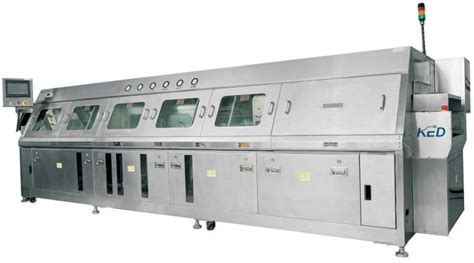 Read more: How to Clean Flux From PCBs
Read more: How to Clean Flux From PCBsUnderstanding PCB Flux and Its Importance in Electronics Manufacturing Printed Circuit Boards (PCBs) are essential components in modern electronics, providing a platform for electrical connections and mechanical support for various components. During the PCB Assembly process, flux is used to facilitate soldering and ensure proper bonding between components and the […]
-
PCB Coil: What It Is and How to Construct One
Posted by
–
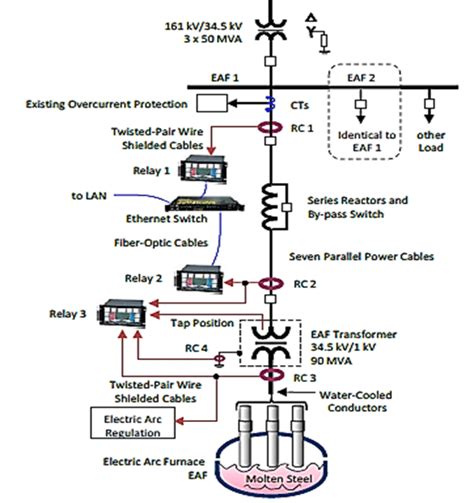 Read more: PCB Coil: What It Is and How to Construct One
Read more: PCB Coil: What It Is and How to Construct OneIntroduction to PCB Coils A PCB (Printed Circuit Board) coil, also known as a planar inductor, is an essential component in many electronic devices. It is a type of inductor that is constructed directly on a printed circuit board, using the copper traces as the coil windings. PCB coils are […]
-
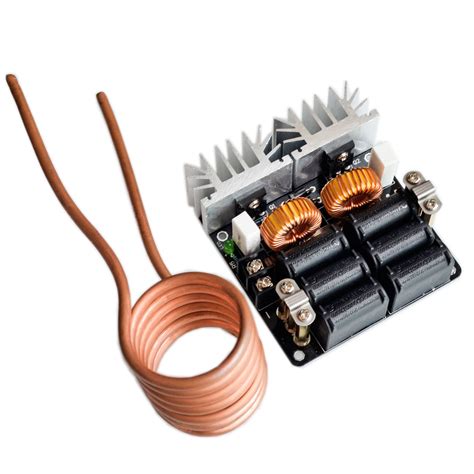 Read more: Induction Heater Circuit: How to Design and Produce One
Read more: Induction Heater Circuit: How to Design and Produce OneUnderstanding the Basics of Induction Heating Before we delve into the design and production of an Induction Heater circuit, it is essential to understand the fundamental concepts behind induction heating. Electromagnetic Induction Electromagnetic induction is the process by which an electric current is generated in a conductor when it is […]
